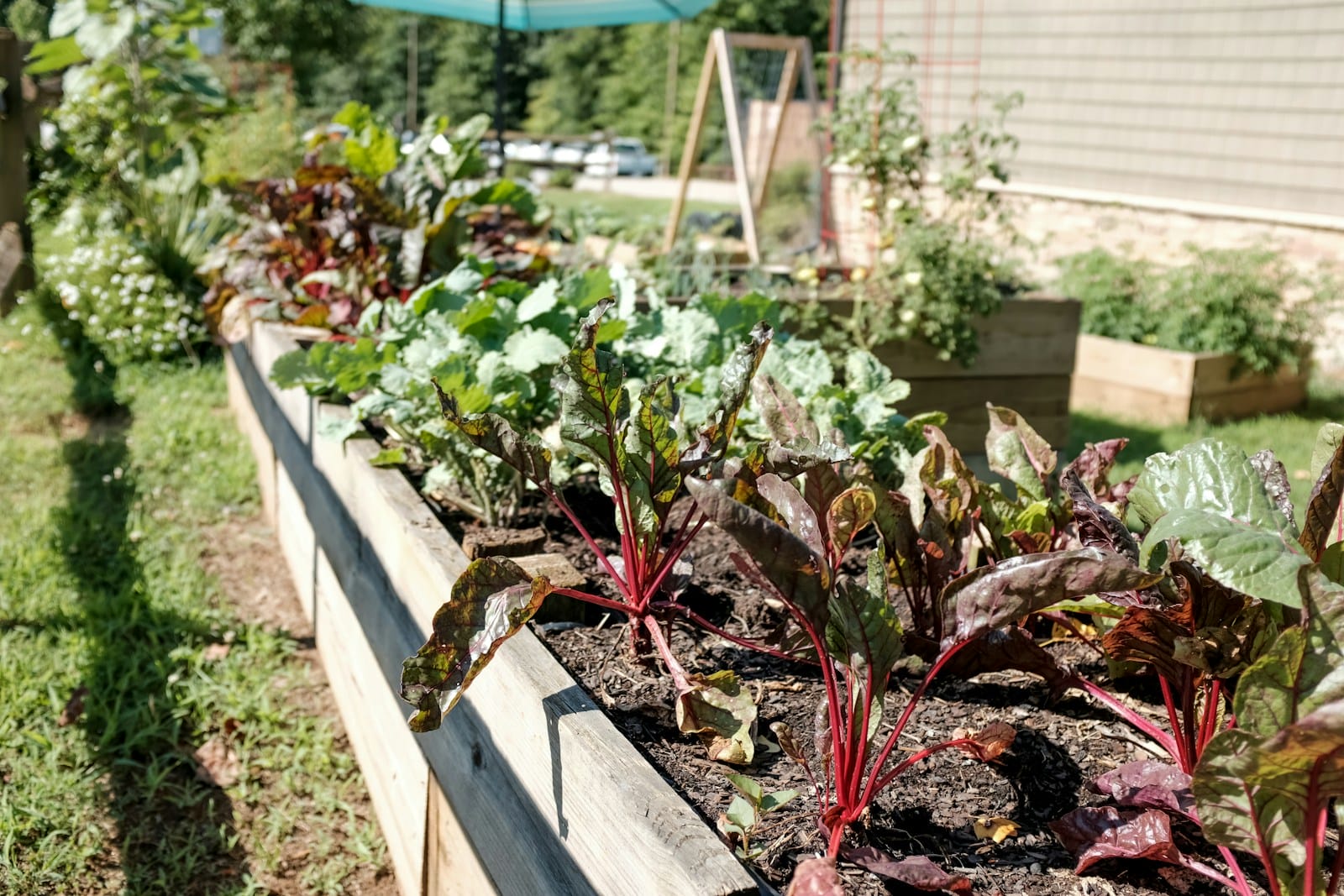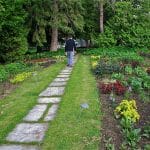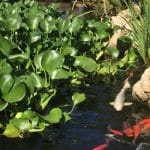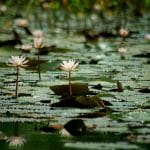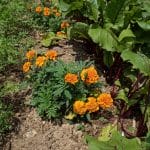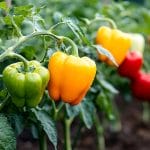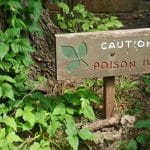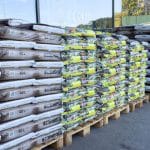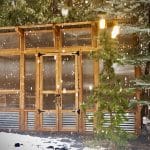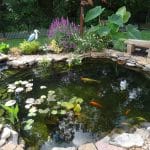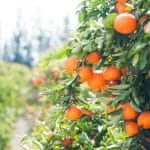When should I start planting?
Cool-season crops go in early spring or fall; warm-season crops after your last spring frost. Check your local frost dates.
How often should I water?
In-ground: about 1″ per week, deep and infrequent. Containers: check daily in warm weather. Hydro: top up and refresh solution every 1–2 weeks.
Can I be organic without it getting complicated?
Yes. Build soil with compost, use mulch, rotate crops, and use targeted organic controls only when needed.
Do I need a big space?
No. One 4×8 bed or three large containers can keep herbs, greens, and snacking veggies coming for months.
What should I buy first?
Quality soil/compost, 2–3 sturdy supports, slow-release organic fertilizer, a hose timer, and a pair of nitrile-grip gloves.

